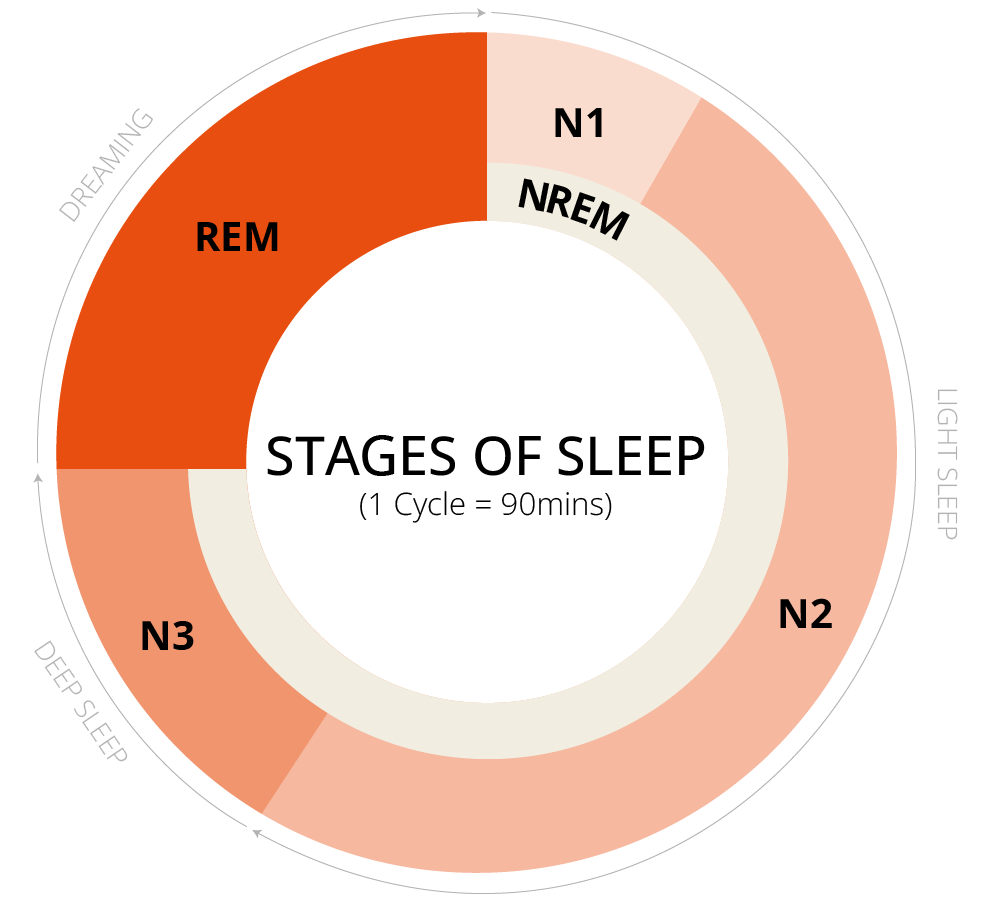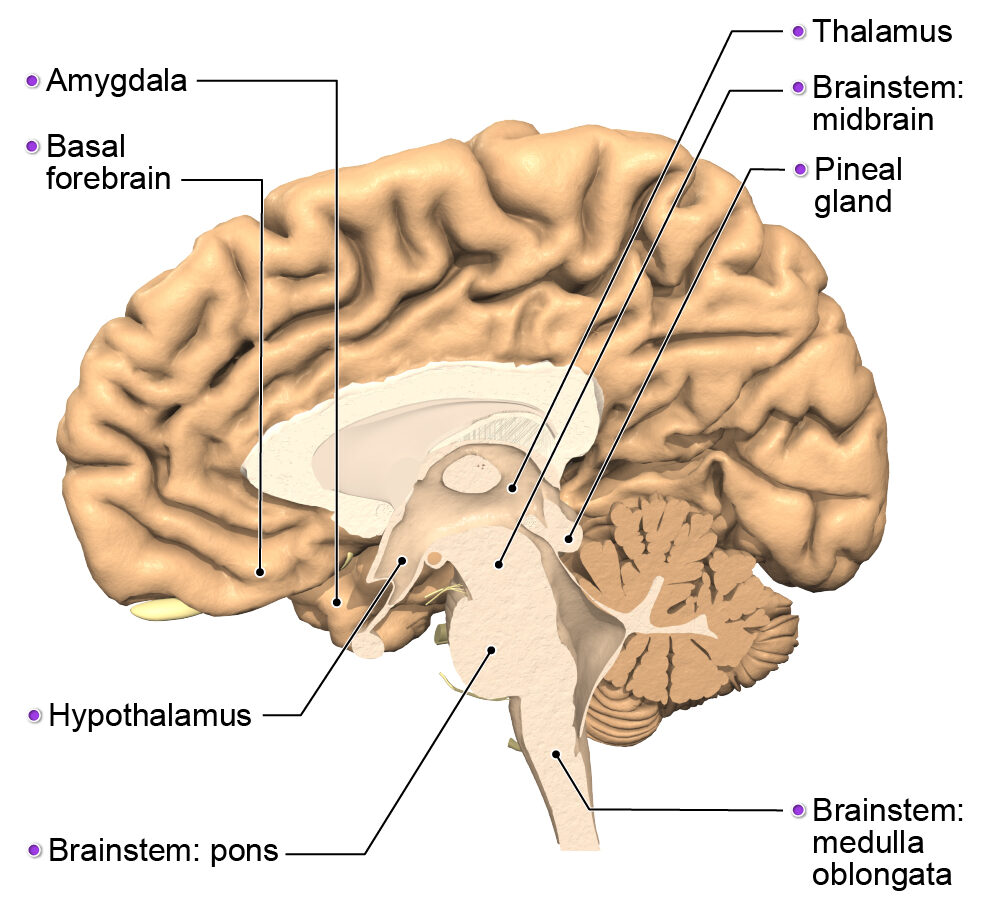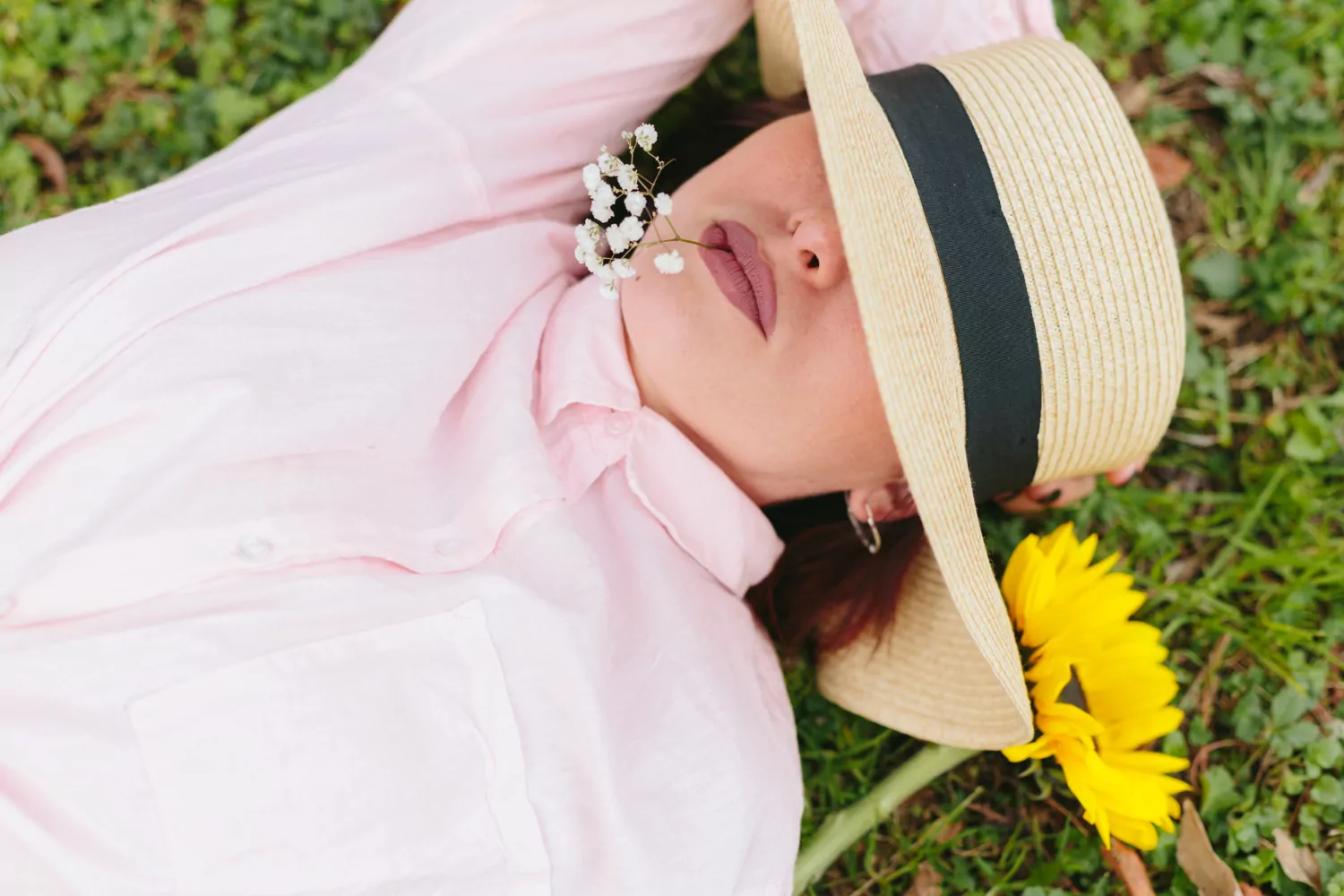If the change in seasons has given you anything but a spring in your step, read on to discover the reasons behind this seasonal phenomenon.
What is “spring fatigue”?
For some parts of the world, spring is here: Grass is growing, flowers are blooming, birds are singing and you are – barely able to keep your eyes open during your afternoon meeting? Although it is associated with re-awakening and rebirth, for many people, springtime ushers in feelings of low energy, fatigue and mental and physical sluggishness. Germans have a name for it: Frühjahrsmüdigkeit – “Spring fatigue” or “Springtime lethargy.”
Far from getting your blood coursing like the sap newly flowing in the trees, the onset of spring – with its longer days and shorter nights – can disrupt the body’s delicate balances. This spring fatigue manifests itself in feelings of overwhelming tiredness, lowered energy levels, slower reaction times and mood disturbances – most notably as increased feelings of depression.
Causes of springtime lethargy
Several springtime forces can conspire to increase these feelings of lethargy and make hitting the snooze button irresistible on mild spring mornings. They are:
-
- Daylight saving time (DST): Approximately 40% of countries currently apply DST. First widely adopted as a wartime effort to help conserve energy during World War I, DST has undergone many iterations, repeals and enactments over the years. But one thing has remained constant: Abruptly shifting the time one hour ahead can wreak havoc with your body’s internal clock and natural circadian rhythm (24-hour cycles that are part of your body’s internal clock). Moving the clock ahead in spring throws off your sleep patterns and can result in not only increased tiredness but also health risks, from diminished cardiovascular health to obesity to diabetes.
-
- Longer exposure to sunlight: While a longer day in the northern hemisphere means extra time to enjoy an evening walk after work while the sun is still shining, getting exposed to natural light closer to bedtime can stimulate your body at a time when you should be winding down. Both of these changes in your body’s reaction to sunlight exposure can cause sleep disruptions and lead to a range of health issues.
-
- Serotonin vs. melatonin: During the long winter months with less exposure to sunlight the body produces more of the hormone melatonin, which promotes sleep. When the days grow longer and you receive more sunlight, production of serotonin, a neurotransmitter sometimes called the “happy hormone,” ramps up. During spring, the body can still have high levels of melatonin along with serotonin, causing an imbalance that can result in mood and sleep disturbances until levels even out over the course of about a month.
-
- Seasonal allergies: Unfortunately for some of us, the price we pay in spring for enjoying blooming flowers and new leaves on the trees is a stuffy nose, itchy eyes and a scratchy throat. Together, these seasonal allergies can make sleeping difficult. It thereby reduces our productivity throughout the day, sometimes leading to other sleep issues like insomnia, restless sleep or snoring.
To sleep, perchance to dream
Perhaps the biggest impact of springtime on your general wellbeing is the effect that interrupted or less sleep has on your body and brain.
Sleep is more complex than just closing your eyes and waking up the next morning. In fact, it occurs in multiple stages. Sleep stages are divided into two parts: non-REM (NREM) sleep (comprised of stages N1, N2 and N3) and REM sleep. During each stage your brain cycles through specific neural and muscular activities, with each cycle averaging about 90 minutes long. In the NREM stages, your brain waves slow down, along with your breathing and heart rate. Muscles relax, your body temperature drops and your eye movements stop before you transition into the REM stage. During REM, all of these activities increase back up to near-waking levels, although your muscles remain relaxed and paralyzed. Most, but not all, dreaming takes place during this active REM stage.

This means while your body appears to be at rest, your brain is busy at work during the sleep cycle – performing important, restorative tasks that keep you functioning during your waking hours.
Your body runs on a built-in internal clock programmed on a 24-hour cycle, known as the circadian rhythm. It regulates your wake/sleep cycles by reacting to changes in light in the environment and can impact a slew of bodily functions like digestion, body temperature and hormone release. This internal clock resides deep within your brain and works to help you sleep, along with these other brain structures:
-
- Hypothalamus – a structure located deep inside the brain, which controls the transition from wakefulness to sleep based on the amount of light exposure.
-
- Basal forebrain – promotes wake/sleep cycle.
-
- Brainstem (including the pons, midbrain and medulla) – controls the wake/sleep transition by communicating with the hypothalamus. It also relaxes our muscles during REM sleep to minimize moving our body while dreaming.
-
- Amygdala – a small portion of the brain responsible for processing emotions, which becomes highly active during REM sleep, making our dreams feel more realistic.
-
- Thalamus – the part of the brain that processes and relays sensory information to the cerebral cortex. This information is blocked out during non-REM (rapid eye movement) sleep stages, but the becomes active again during REM sleep and fills our dreams with various senses.
-
- Pineal gland – responsible for increasing production of melatonin, which promotes sleep, when you go to bed.

Your body’s response to seasonal changes
The factors that disrupt or diminish sleep in springtime have a surprisingly wide-ranging and detrimental effect on the body and mind. Sleep deprivation, of course, causes tiredness. And when you’re tired, it’s harder to find the energy to exercise, an activity beneficial to both the body and the mind. Additionally, being tired sends a signal to your brain that you need food for energy and foods high in carbohydrates. And calories are often the first we reach for when we seek a quick boost. The result: depressed mood and weight gain.
Low mood and memory problems can also result from fatigue, especially for groups like adolescents who tend to get less sleep in general. Teens showed an added decrease in reaction times and attentiveness after the spring time change, according to a 2015 study. And they aren’t the only ones at risk: A 2020 study found that the rate of fatal traffic accidents in the US rises by 6% during the week following DST.
Not only does spring lethargy cause physical and mental issues, it can actually impact your appearance as well. Since your skin works on regenerating and repairing itself and produces molecules like collagen as you sleep, not getting enough shut-eye can mean you may wake up with sagging skin, dark circles and puffy eyes.
Help for the weary
While spring lethargy can be difficult to deal with, there are steps you can take to ease your discomfort.
If you live in a country where DST is currently practiced, anticipating the sleep disruption that DST will cause and creating a plan for dealing with it is one key step. The American Academy of Sleep Medicine recommends starting a few days before you’re due to move the clock forward by gradually adjusting the times you go to bed and get up in the morning. You can do the same with mealtimes – shifting breakfast, lunch and dinner times a little each day in anticipation of the hour you’re about to “lose.” The AASM advises trying to get at least seven hours of sleep in the days on either side of DST’s implementation and setting the clock forward before you go to bed on the night daylight saving time begins, hitting the hay at your usual time. Additionally, getting up out of bed and getting into the sunlight in the morning on the week after DST begins can help your internal clock adjust more rapidly.
If you suffer from seasonal allergies, over-the-counter medicines can provide relief for runny noses, sneezing and other symptoms associated with hay fever. Doing simple things like reducing your pollen exposure by keeping doors and windows closed (both at home and in the car), showering more often and keeping your hands clean and away from your face and eyes can help, too.
Additionally, ward off spring fatigue and its accompanying mood disruptions by focusing on eating healthy and nutrient-rich foods. You can also boost your mood by incorporating exercise into your daily routine, preferably in the morning hours when you can gain the extra benefit of sun exposure to help regulate your circadian rhythm. You can improve your energy levels by engaging in new activities that stimulate your brain, making springtime the perfect opportunity to start a new hobby or learn a new skill. Or take a page from Finland’s sauna bathing and increase your circulation and improve your mood by alternating hot and cold water in the shower. And if you’re really in need of a quick energy boost, try the tried and true trick of drinking coffee for its caffeine jolt – in moderation, of course.
While spring fatigue can be tough to get through, take heart. Like the seasons, it too shall pass – usually within a couple of weeks.
The content in this post is from Primal’s 3D Atlas and Human Anatomy and Physiology modules. To learn more about these or other Primal learning resources, please fill in the form here and our team will be in touch.
